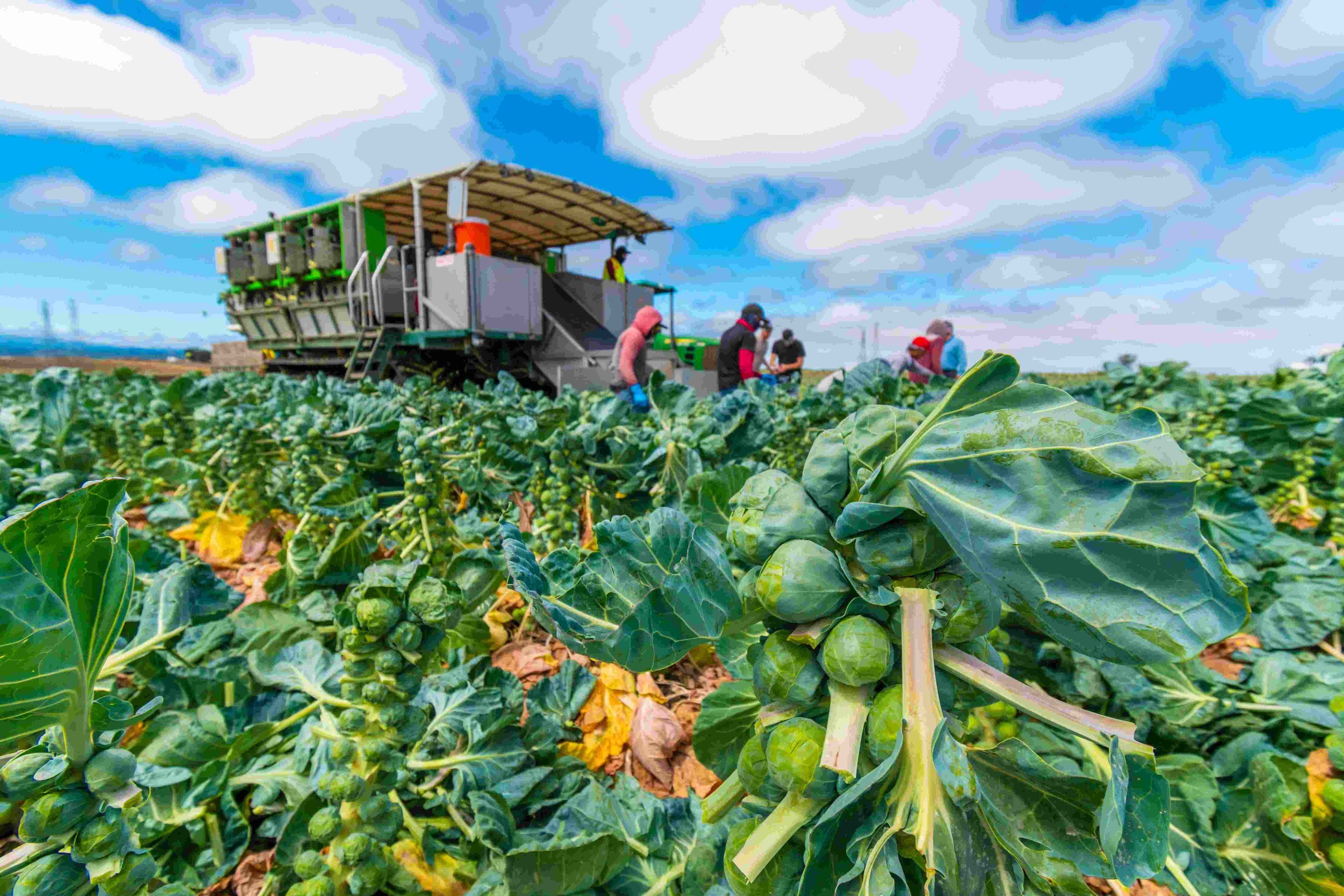In the realm of culinary experiences, the farm-to-table movement has emerged as a beacon of sustainability and flavor. By connecting diners directly with the source of their food, farm-to-table restaurants offer a unique and ethical approach to dining. At bigtobokki.vn, we are passionate about exploring the world of farm-to-table cuisine, uncovering its benefits, challenges, and future prospects.
Understanding the Farm-to-Table Concept
What is Farm-to-Table?
Farm-to-table is a way of eating that connects people with the food they eat. It means that food is grown locally and brought to your plate with as little processing as possible. This means that the food is fresher, tastier, and better for you.
There are many benefits to eating farm-to-table. For one, it helps to support local farmers. When you buy food from a local farmer, you are helping to keep their business going. This is important because local farmers are essential to our food system. They provide us with fresh, healthy food, and they help to protect our environment.
| Benefits of Farm-to-Table | |
|---|---|
| Supports local farmers | |
| Provides fresh, healthy food | |
| Protects the environment |
How to Eat Farm-to-Table
There are many ways to eat farm-to-table. One way is to join a CSA (Community Supported Agriculture) program. CSAs are groups of people who buy food directly from a local farmer. This is a great way to get fresh, seasonal produce every week.
Another way to eat farm-to-table is to shop at farmers markets. Farmers markets are a great place to find fresh, local produce, meat, and dairy products. You can also find prepared foods and baked goods at farmers markets.

The Benefits of Farm-to-Table Cuisine
Freshness and Flavor
Farm-to-table cuisine is fresher and more flavorful than food that has been shipped long distances. When food is picked fresh from the farm, it retains its nutrients and flavor. This means that farm-to-table dishes are not only healthier but also taste better.
For example, a tomato that is picked fresh from the vine will be sweeter and juicier than a tomato that has been shipped from across the country. This is because the fresh tomato has not lost any of its nutrients or flavor during shipping.
Supports Local Farmers
Eating farm-to-table cuisine is a great way to support local farmers. When you buy food from a local farmer, you are helping to keep their business going. This is important because local farmers are essential to our food system. They provide us with fresh, healthy food, and they help to protect our environment.
When you eat farm-to-table cuisine, you are not only getting delicious food, but you are also supporting your local community.
| Benefits of Supporting Local Farmers | |
|---|---|
| Keeps local businesses going | |
| Provides fresh, healthy food | |
| Protects the environment |
Here are some case studies of successful farm-to-table models.
Environmental Benefits
Eating farm-to-table cuisine is also good for the environment. When food is shipped long distances, it requires a lot of energy and resources. This can lead to air pollution and climate change.
By eating locally, you can help to reduce your carbon footprint and protect the environment.
- Reduces air pollution
- Combats climate change
- Conserves water
Here are some trends in farm-to-table cuisine.

Challenges of Farm-to-Table Sourcing
Seasonal Availability
One of the biggest challenges of farm-to-table sourcing is seasonal availability. Not all fruits and vegetables are available all year round. This means that restaurants need to plan their menus carefully to ensure that they can offer a variety of dishes made with fresh, local ingredients.
To overcome this challenge, many restaurants work closely with local farmers to learn about their growing seasons and plan their menus accordingly. Some restaurants also offer seasonal menus that change with the availability of fresh produce.
| Month | Produce |
|---|---|
| January | Apples, citrus fruits, kale, spinach |
| February | Broccoli, carrots, celery, onions |
| March | Asparagus, beets, cabbage, cauliflower |
| April | Artichokes, green beans, lettuce, peas |
| May | Berries, cherries, corn, tomatoes |
Weather Conditions
Weather conditions can also impact the availability of fresh produce. Extreme weather events, such as droughts, floods, and hurricanes, can damage crops and make it difficult for farmers to grow food. This can lead to shortages of certain fruits and vegetables, which can drive up prices.
To mitigate the impact of weather conditions, some restaurants work with multiple farmers in different regions. This helps to ensure that they can always get the fresh produce they need, even if there is a crop failure in one area.
Cost
Farm-to-table cuisine can be more expensive than food that is shipped from long distances. This is because local farmers often have higher production costs than large-scale farms. They may also need to charge more to cover the cost of transportation and storage.
Despite the higher cost, many consumers are willing to pay more for farm-to-table food. They know that they are getting fresher, healthier, and more flavorful food that is also good for the environment.

The Future of Farm-to-Table
Technology and Innovation
Technology is playing an increasingly important role in the farm-to-table movement. Farmers are using drones to monitor their crops, sensors to track soil moisture, and GPS to guide their tractors. This technology is helping farmers to produce more food with fewer resources, which is essential for meeting the growing demand for farm-to-table cuisine.
For example, the company Roast and Ground is using artificial intelligence to help farmers identify and harvest ripe coffee beans. This technology is helping farmers to produce more high-quality coffee beans, which is essential for meeting the growing demand for farm-to-table coffee.
| Technology | Benefits |
|---|---|
| Drones | Monitor crops |
| Sensors | Track soil moisture |
| GPS | Guide tractors |
Consumer Demand
Consumer demand for farm-to-table cuisine is also growing. More and more people are becoming aware of the benefits of eating fresh, local food. They are also becoming more concerned about the environmental impact of their food choices.
This growing demand is creating new opportunities for farmers and restaurants. Farmers are expanding their operations to meet the demand for farm-to-table food. Restaurants are adding more farm-to-table dishes to their menus. And consumers are spending more money on farm-to-table food.
Sustainability
Farm-to-table cuisine is also becoming more sustainable. Farmers are using more sustainable farming practices, such as crop rotation and cover crops. Restaurants are reducing their food waste. And consumers are becoming more aware of the environmental impact of their food choices.
As the farm-to-table movement continues to grow, it is becoming increasingly clear that this is the future of food. Farm-to-table cuisine is fresher, healthier, more sustainable, and more delicious than food that is shipped long distances. And consumers are demanding more of it.

Final Thought
The farm-to-table movement is not just a trend; it’s a revolution in the way we think about food. By supporting local farmers and embracing seasonal ingredients, we can create a more sustainable, delicious, and equitable food system for all. As the future unfolds, we can expect farm-to-table cuisine to continue to flourish, inspiring chefs, diners, and communities alike to embrace the true flavors of their region.




